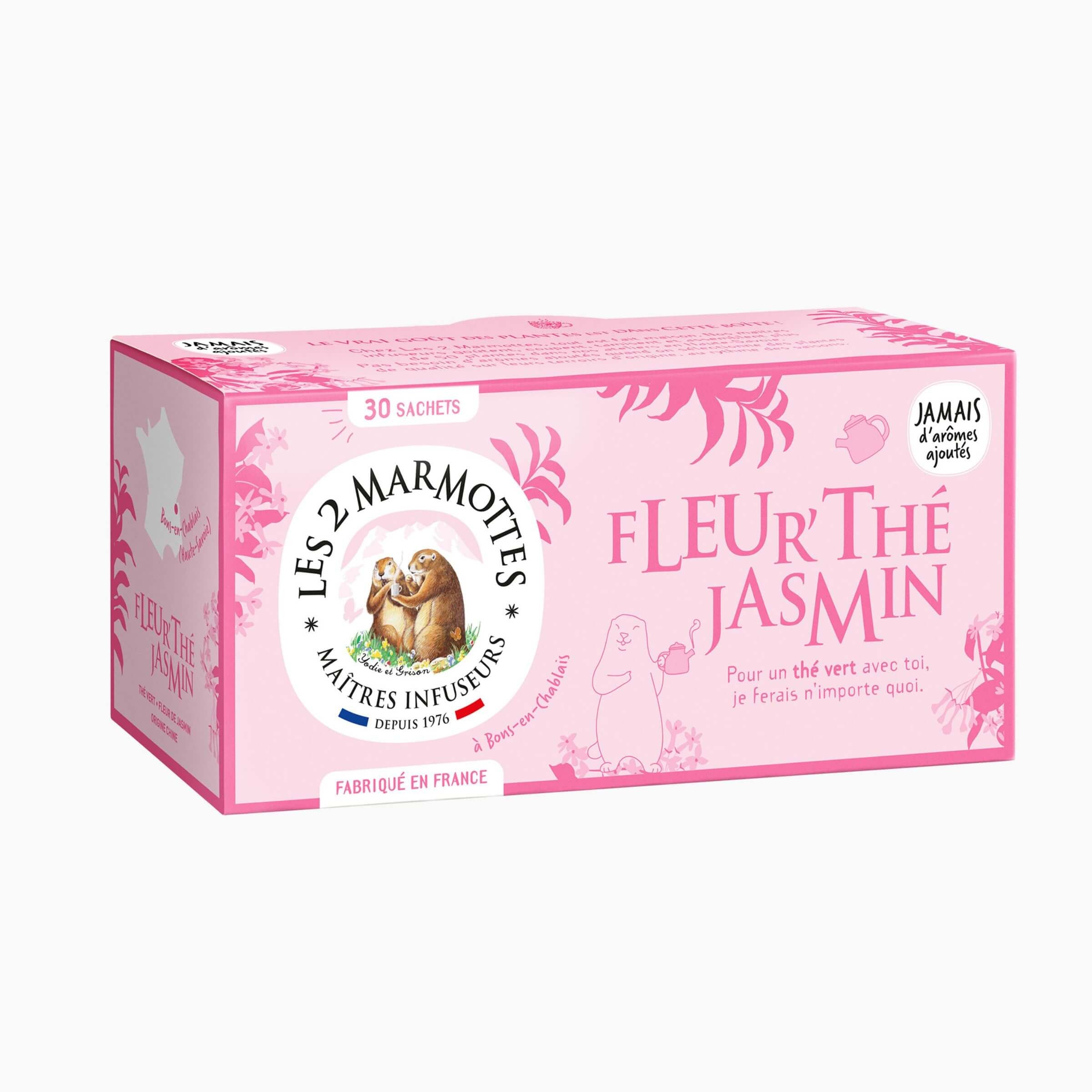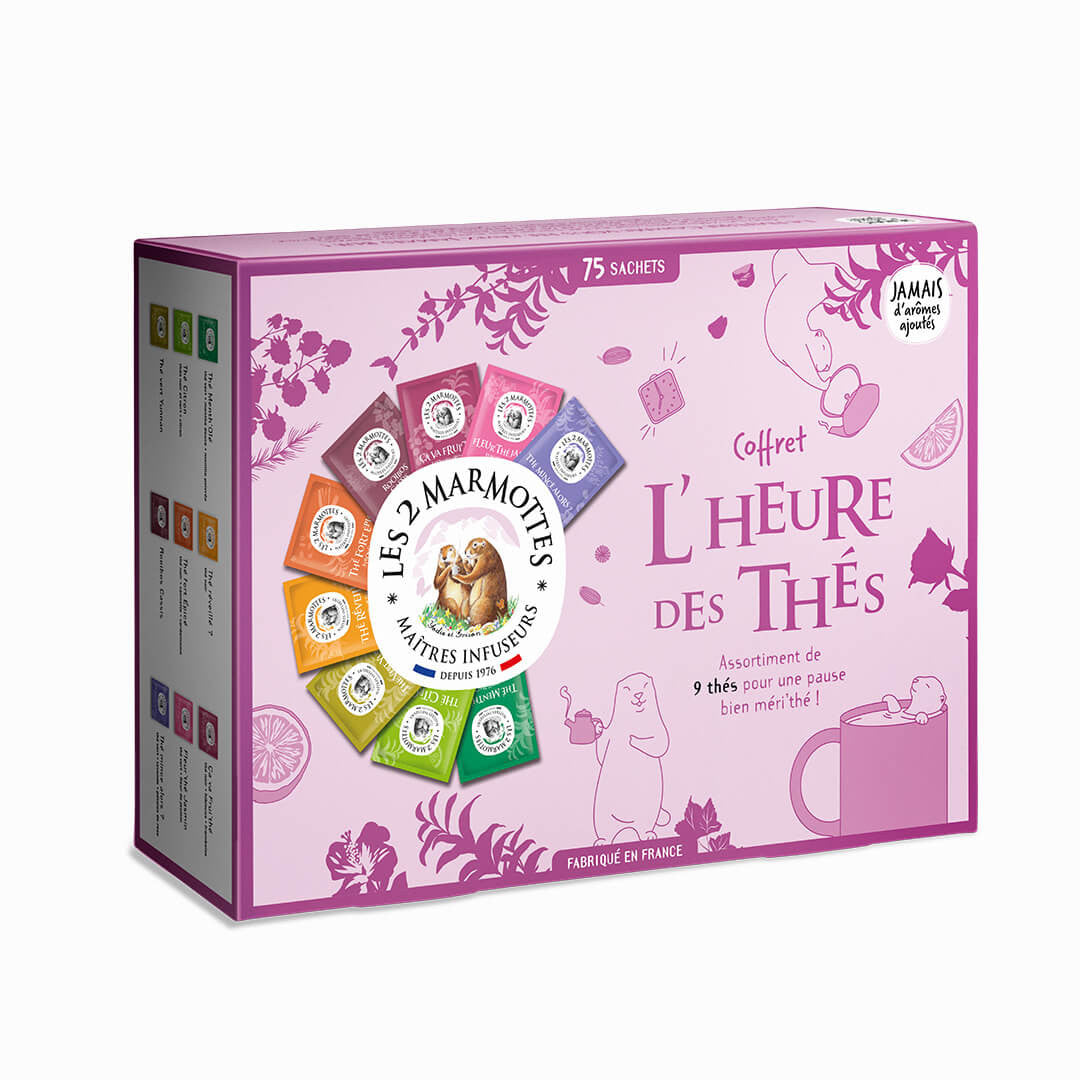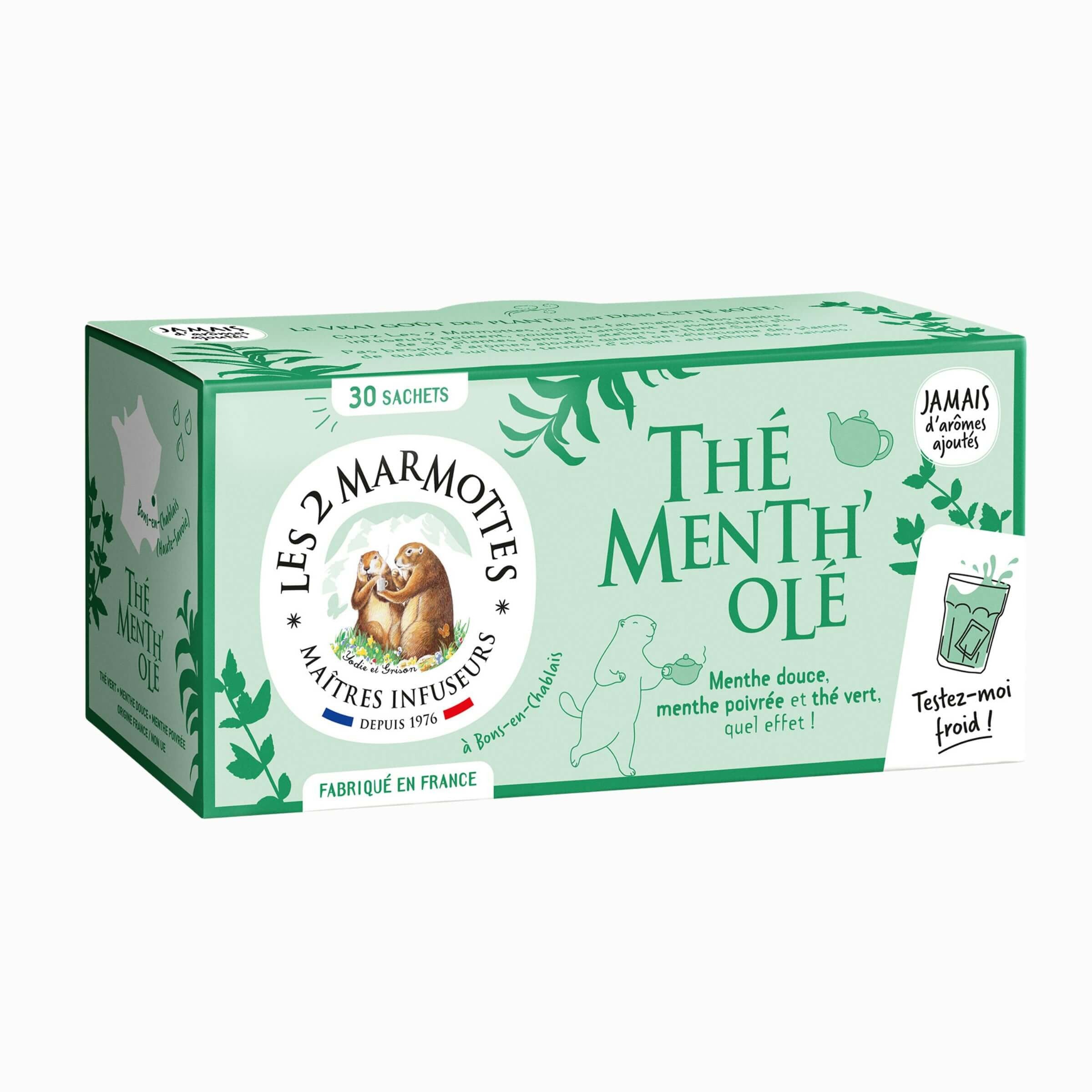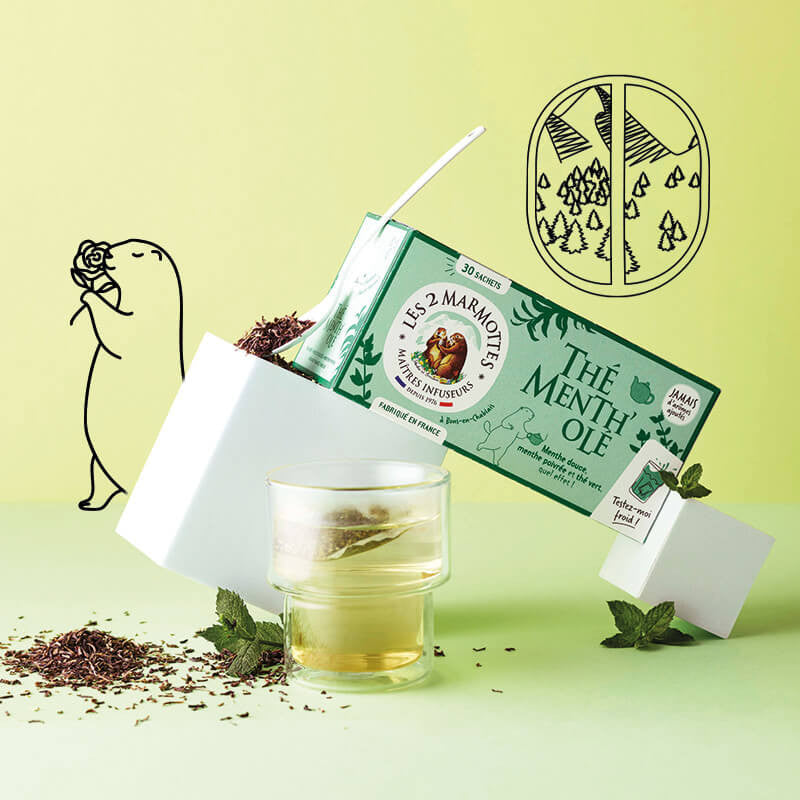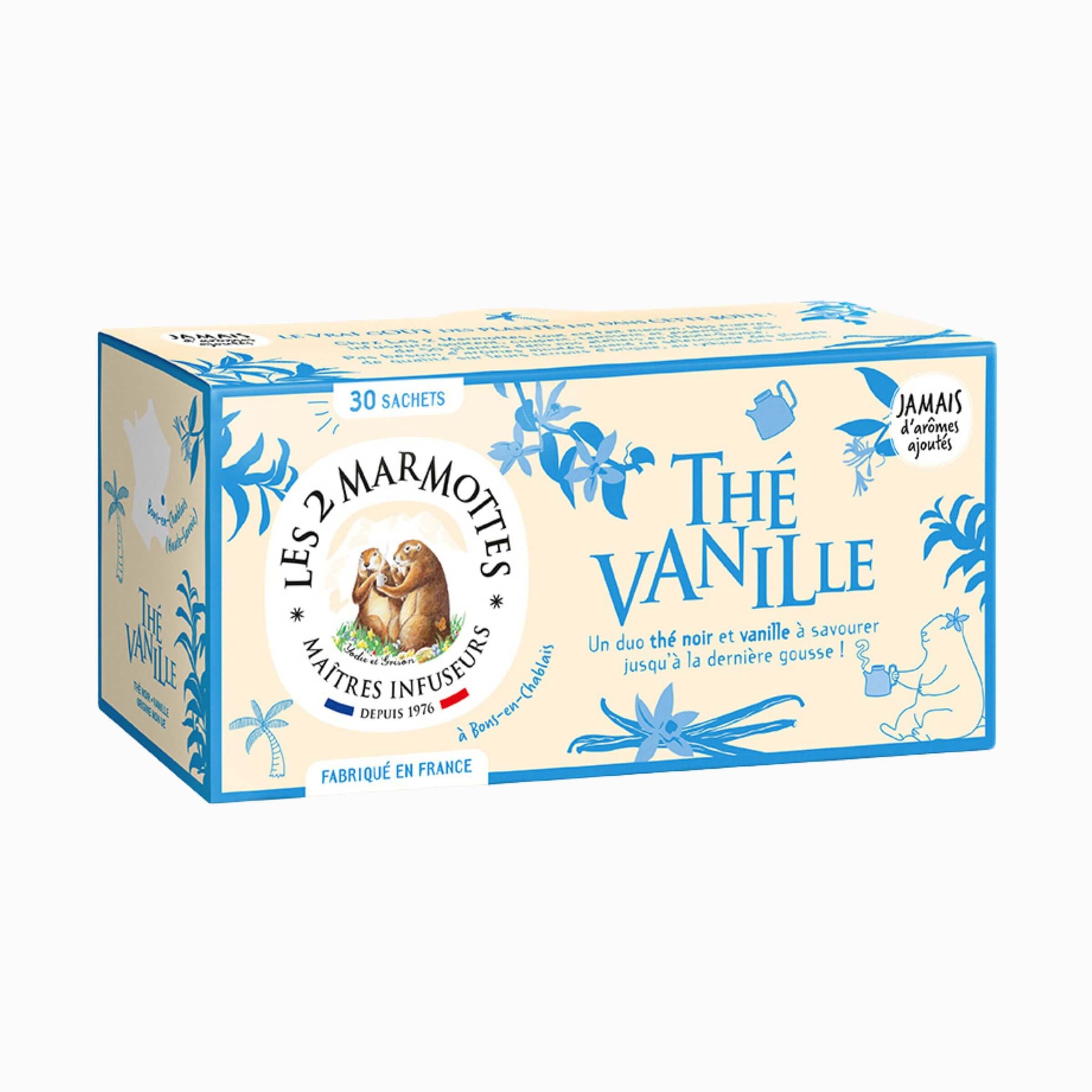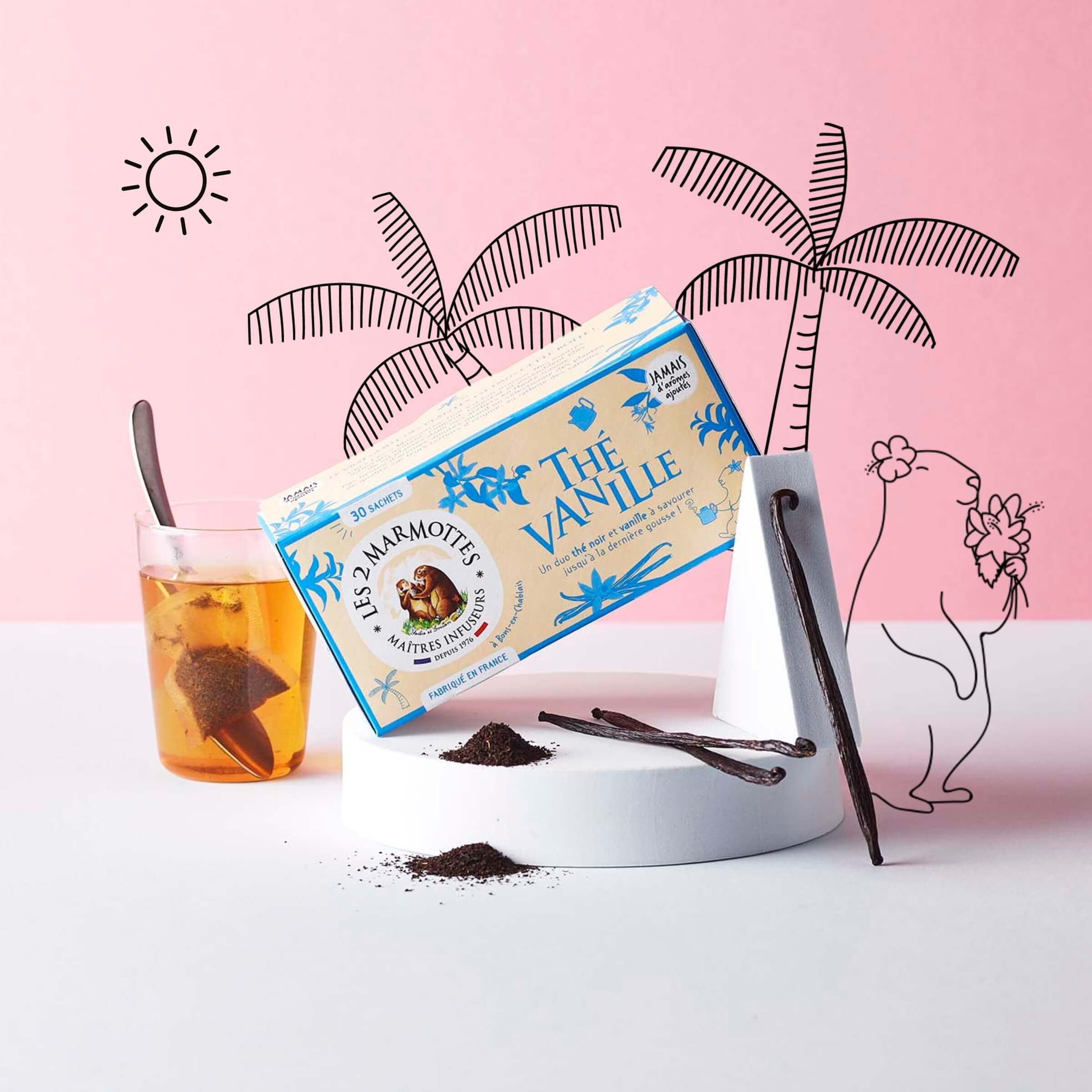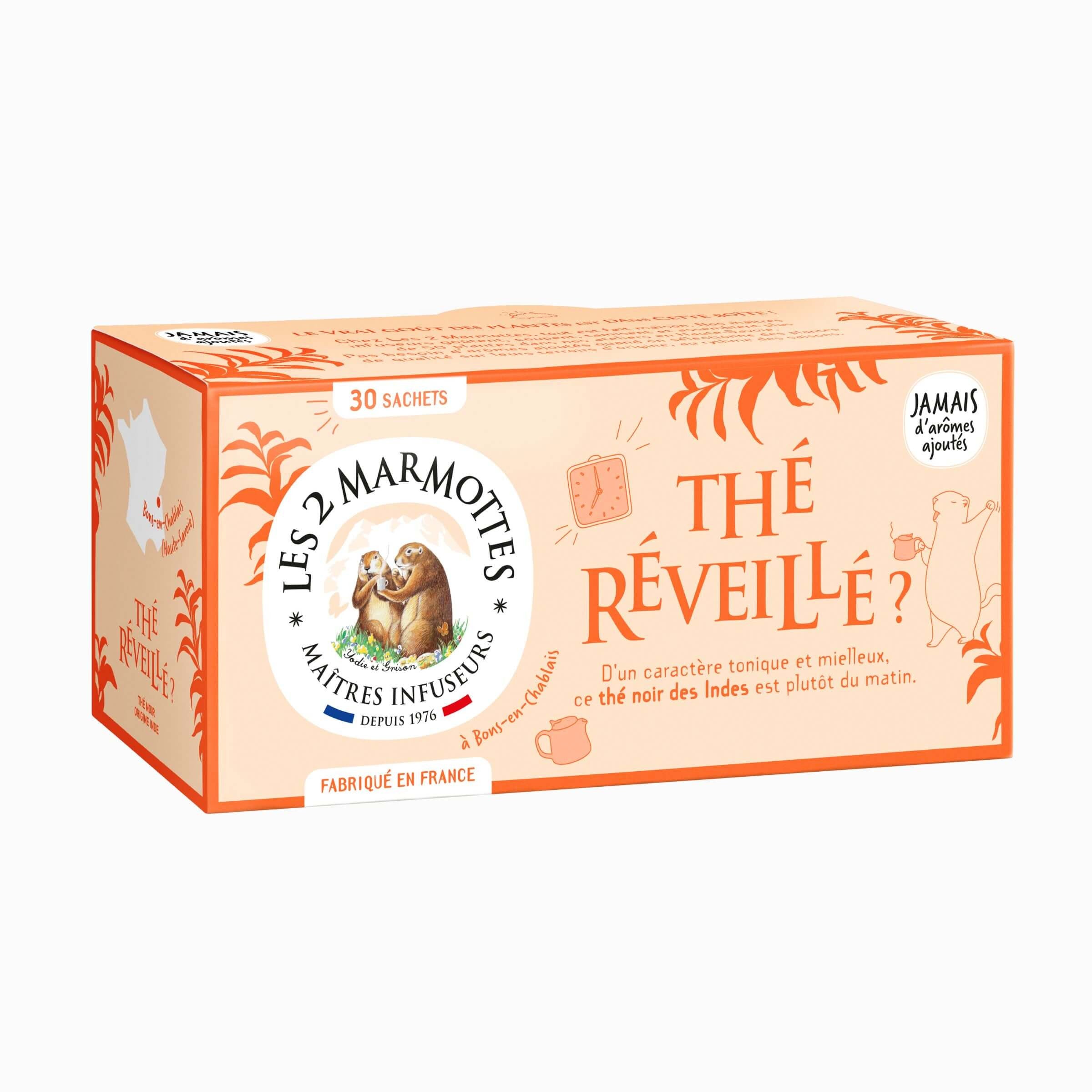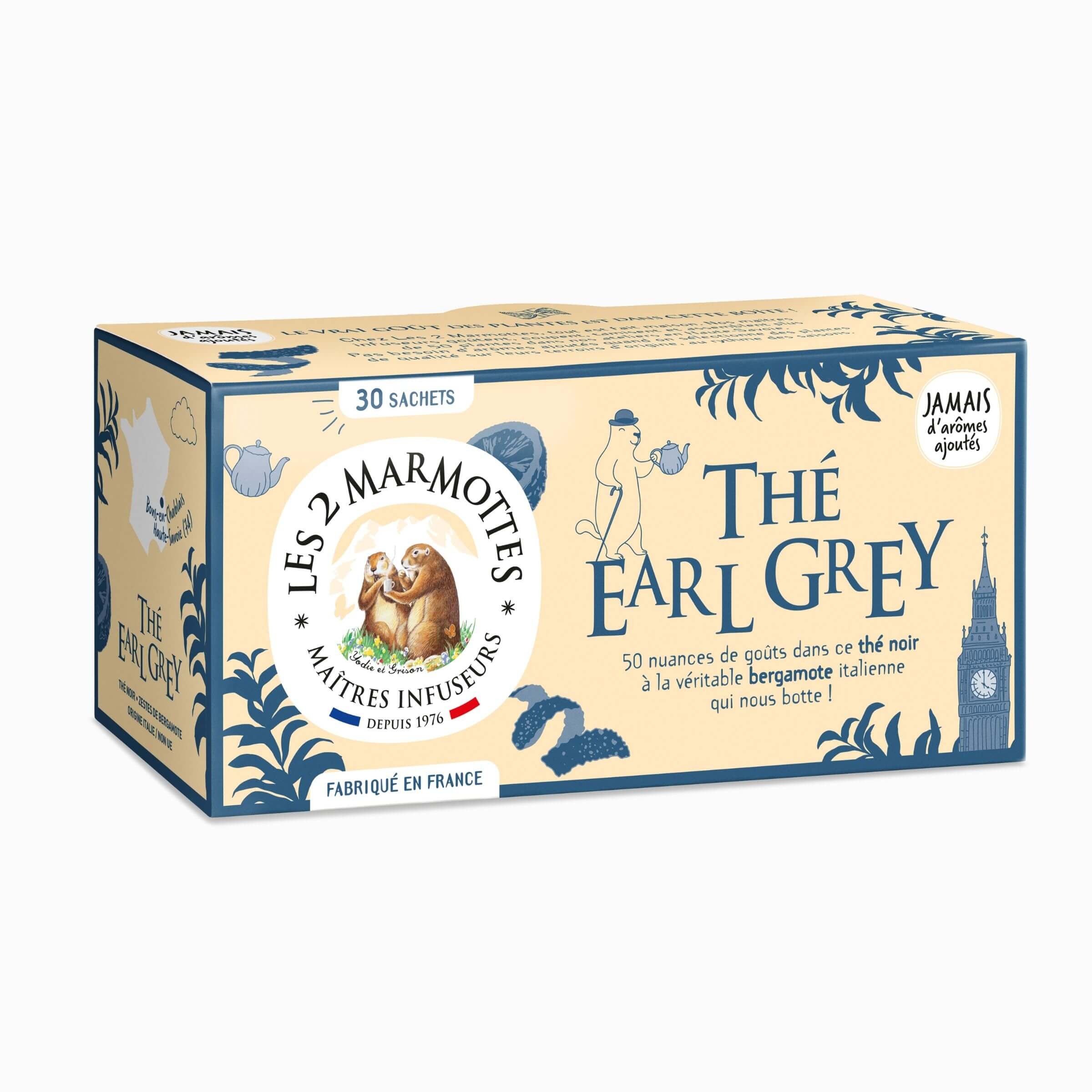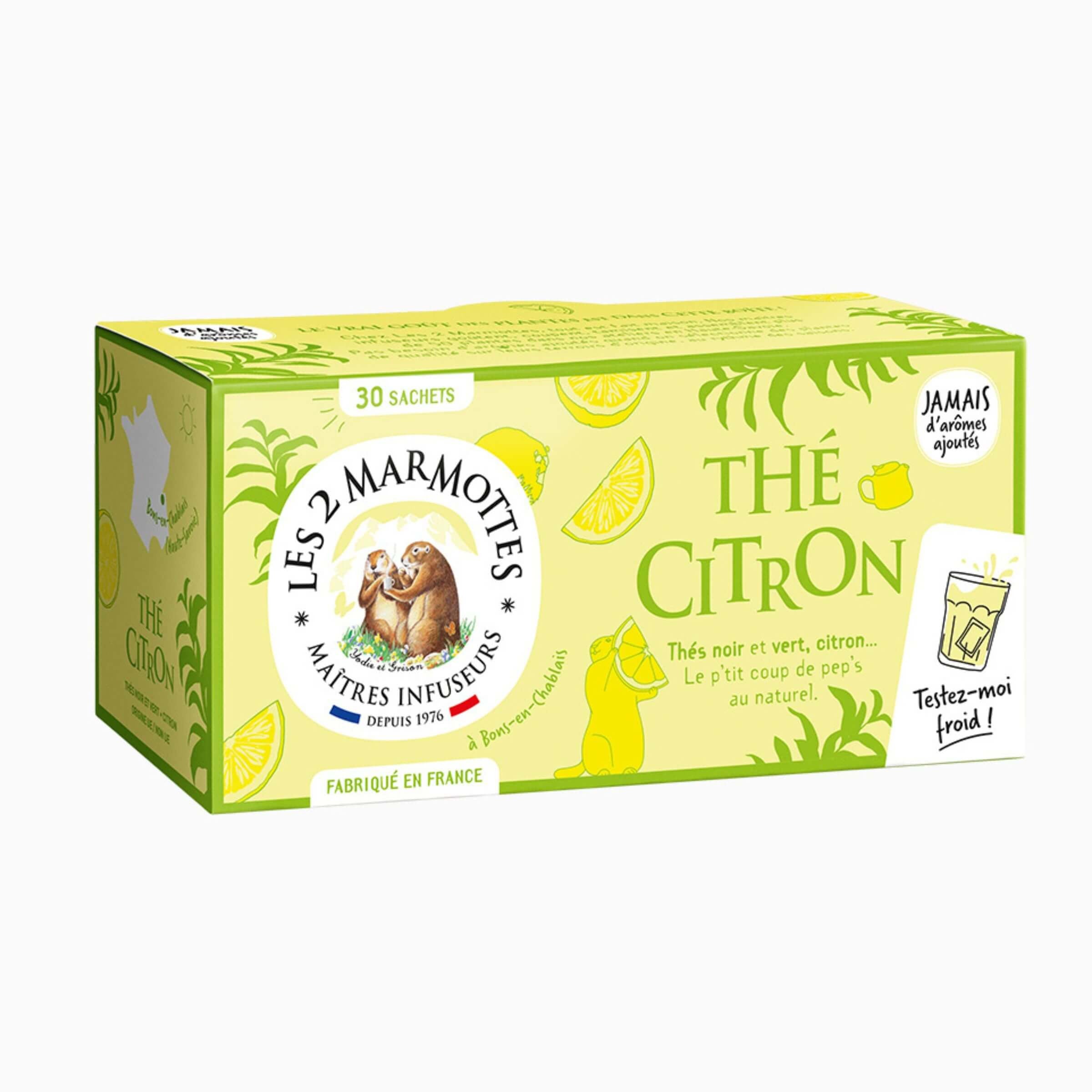For a sophisticated sweet and savory latte: add a dash of roasted sesame oil as a finishing touch. Who would dare think our marmots lacked originality?
Discreet and sometimes underestimated, rice milk hides its game well. It's true that in the family of plant-based milks, we know it less, but it's just as good!
Behind its fluid texture and slightly sweet taste, it offers a neutral but subtle base, ideal for letting the other ingredients express themselves...
Once cooked, the rice naturally develops round, slightly cereal notes, which coat the jasmine tea and awaken the richness of the black sesame without overwhelming it.
Technically, rice milk does not naturally contain the key umami compounds (like glutamate, inosinate, or guanylate) found in rich foods like mushrooms, Parmesan cheese, tomatoes, or kombu broth.
So it's not a true source of umami in the scientific sense. But sensorially? It's more subtle.
Once heated, rice (and therefore rice milk) develops sweet, slightly caramelized notes, with an enveloping texture, thus reinforcing the perception of salty, grilled or roasted flavors around it - such as those of black sesame, for example.
In Japanese cuisine, rice or rice-based products are often used to structure umami dishes.



